The aftermath of Hurricane Helene has brought severe flooding to the southeast.
With excess water in the home, there’s an increased risk of mold growth, which can lead to serious health risks.
Experts are dishing out warnings about mold growth, as Hurricane Milton heads toward Florida once again, and its threat to your health.
HURRICANE EFFECTS POSE ‘TREMENDOUS’ HEALTH HAZARDS FOR AMERICANS, DOCTOR WARNS
1. Different mold types can be threatening
Mold in your home can look like multicolored spots and can smell musty, according to the Centers for Disease Control and Prevention (CDC).
Flood waters inundate the main street after Hurricane Helene passed offshore on Sept. 27, 2024, in Tarpon Springs, Florida. (Joe Raedle/Getty Images)
In an appearance on “Fox & Friends,” Fox News senior medical analyst Dr. Marc Siegel noted that wet walls can lead to mold that might not always be visible.
Siegel called out two “very serious molds” that he’s most worried about: black mold and aspergillus.
FOLLOW THESE STEPS IF YOU’VE FOUND BLACK MOLD IN YOUR HOME TO KEEP YOURSELF AND YOUR FAMILY SAFE
Black mold can appear as black or dark green splotches, Siegel detailed.
Aspergillus is invasive and can cause aspergillosis, an infection that’s usually respiratory, according to Mayo Clinic.
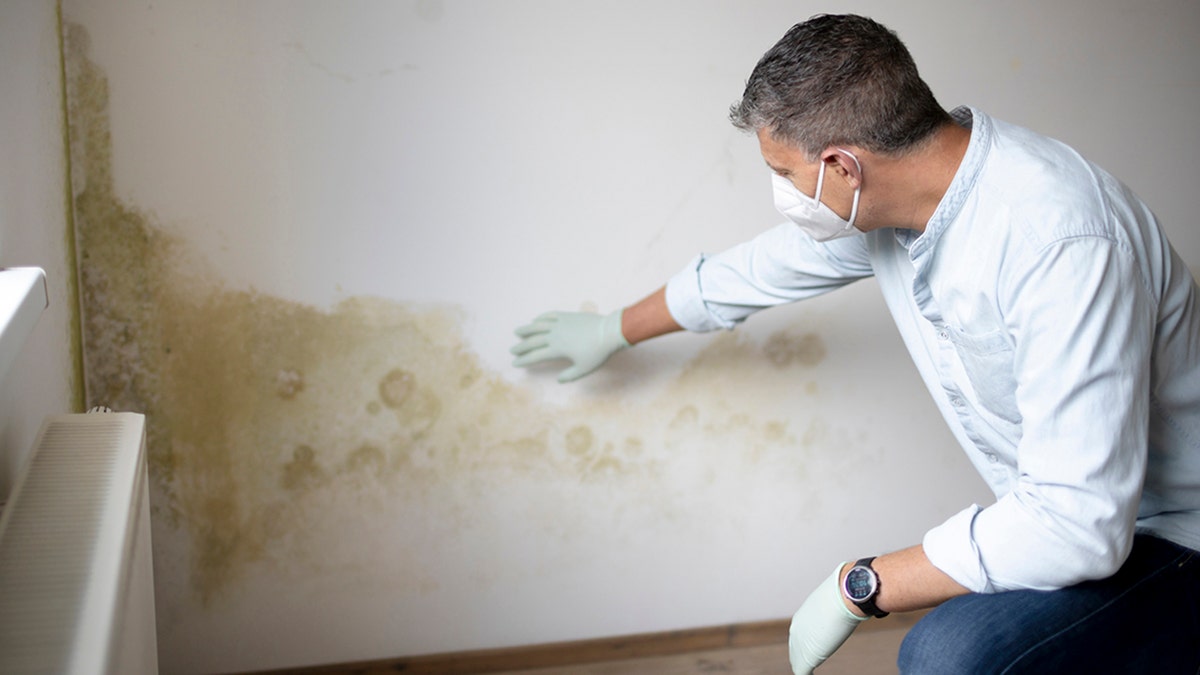
Aspergillus mold is invasive and can cause a respiratory infection called aspergillosis, according to experts. (iStock)
2. Mold can cause various illnesses – and it can be fatal
Mold can cause a variety of symptoms, such as stuffy nose, sore throat, coughing, wheezing, burning eyes and skin rash.
Both black mold and Aspergillus can provoke allergy symptoms and infections, as well as conditions like hypersensitivity pneumonitis, an allergic reaction that causes inflammation in the lungs, according to Siegel.
‘SMART MASK’ COULD DETECT ASTHMA, COPD AND OTHER MEDICAL CONDITIONS, RESEARCHERS SAY
Mold can also trigger breathing conditions like emphysema or asthma, the doctor added.
“I’m worried about people who are immunocompromised and have chronic illnesses,” he said.
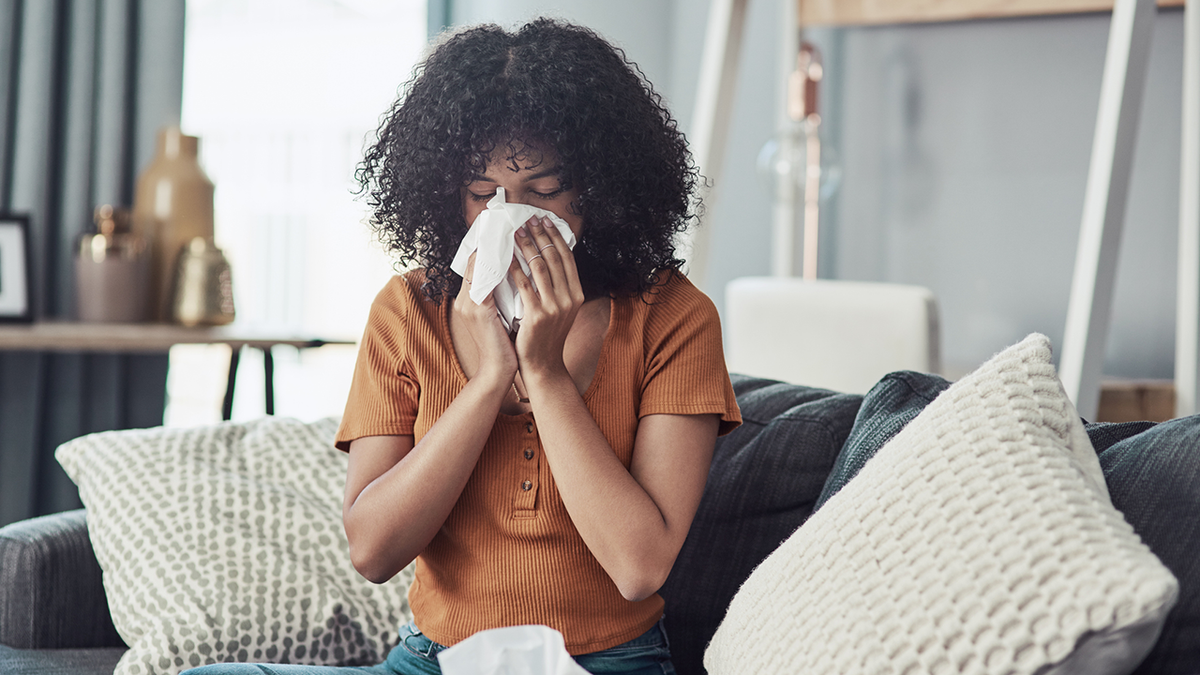
For those experiencing allergy symptoms, like coughing and sneezing, the culprit could be mold, the doctor said. (iStock)
“It can be fatal if you’re immunocompromised or if you’ve had a transplant — you can get a severe case of infection from mold.”
People with conditions like chronic lung disease can develop an infection in the lungs, the CDC stated.
3. Mold grows fast, so you must act fast
Mold can develop in as little as 24 hours, Cleveland Clinic experts reported in a news release.
The sooner water damage is cleared up, the less risk there is for mold to grow, according to Maeve MacMurdo, MD, a pulmonologist for Cleveland Clinic in Ohio.
20 WORST PLACES TO LIVE IF YOU HAVE ASTHMA, PER MAJOR HEALTH ORGANIZATION
“Obviously, the sooner the better, and it’s hard,” she said in the release. “People are dealing with a lot, but cleaning up the water and mold remediation is a really big part of it.”
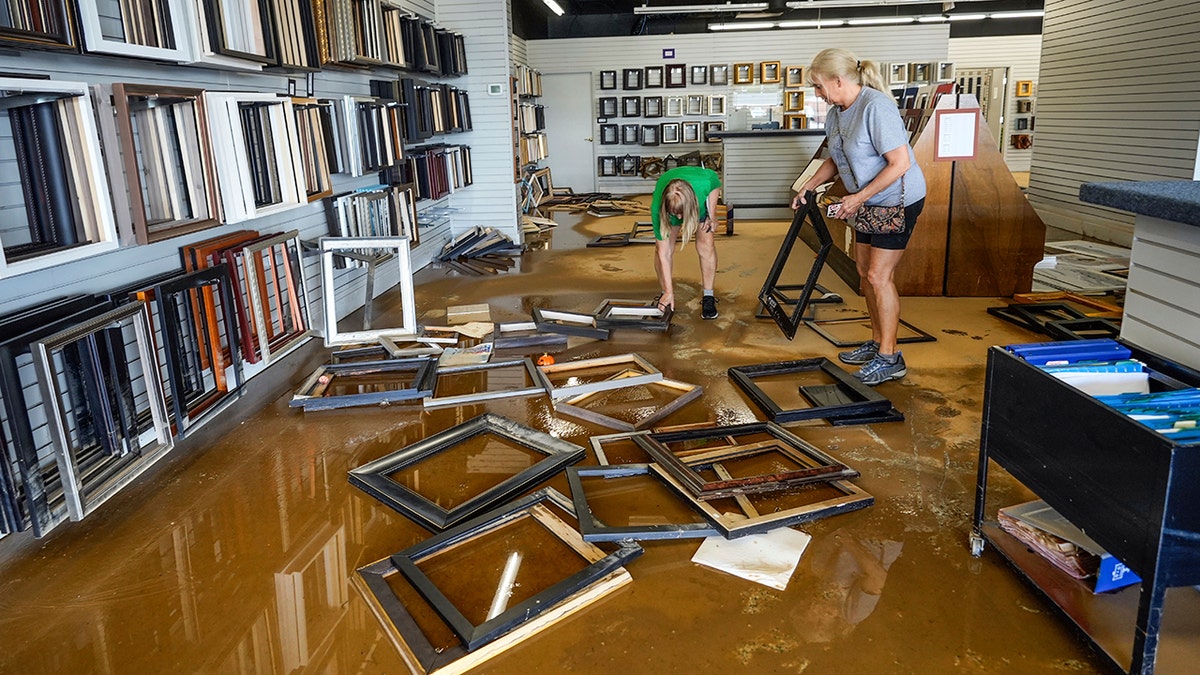
Employees clean up the International Moulding frame shop in Morganton, North Carolina, which was damaged by flood water from Hurricane Helene in September 2024. (AP Photo/Kathy Kmonicek)
For those who have regained power in their home, Siegel recommends plugging in a dehumidifier or air conditioner to dry out the space.
“Even if it’s cool outside, you want air-conditioning because you want to get rid of the humidity,” he said. “The humidity is where mold grows.”
CLICK HERE TO SIGN UP FOR OUR HEALTH NEWSLETTER
The doctor also recommends using bleach or vinegar to wipe down mold spots on walls – or hiring a professional to detect and remove mold.
“There are professional organizations that can spot the mold that’s hiding in the nooks and crannies,” Siegel said.
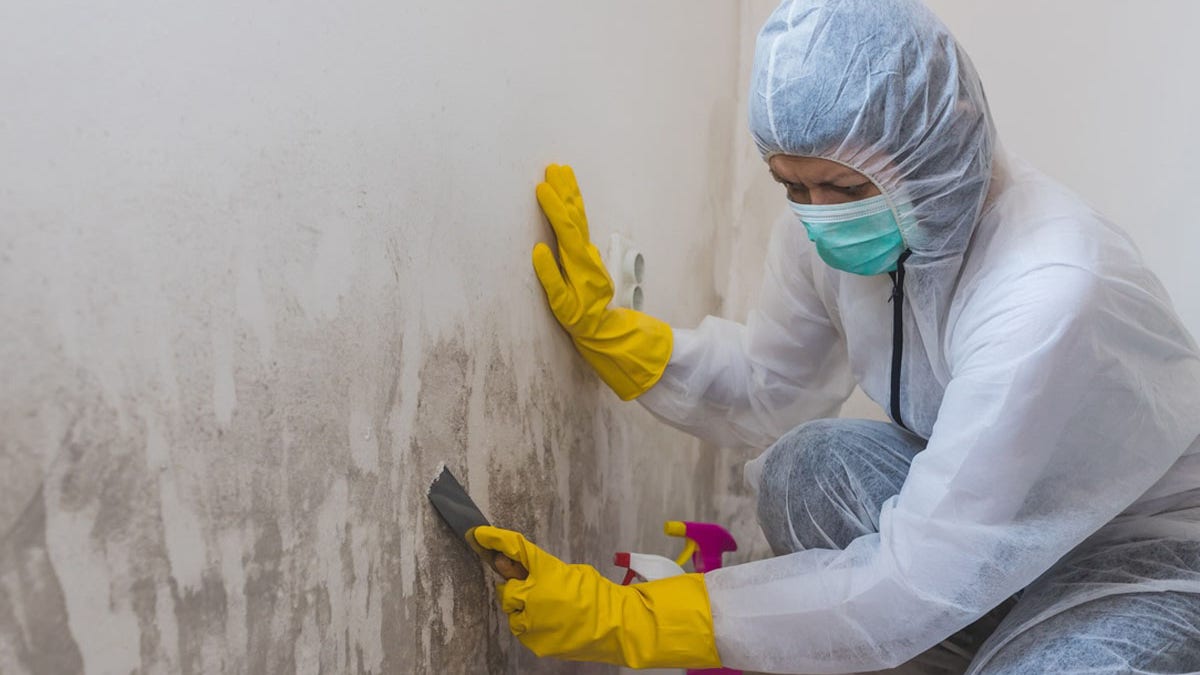
Some may choose to hire a professional service to detect and remove mold. (iStock)
For mold prevention, the CDC recommends keeping humidity levels at no higher than 50% in the home.
Air should “flow freely,” helped by exhaust fans in the kitchen and bathroom, according to the same source.
For more Health articles, visit www.foxnews.com/health
Fixing leaks in the roof, walls and plumbing will help ensure that no moisture in the home turns into mold, experts advise.
The CDC also recommends not using carpet in rooms where there is more moisture, such as bathrooms and basements, and replacing carpets and upholstery that have been soaked.
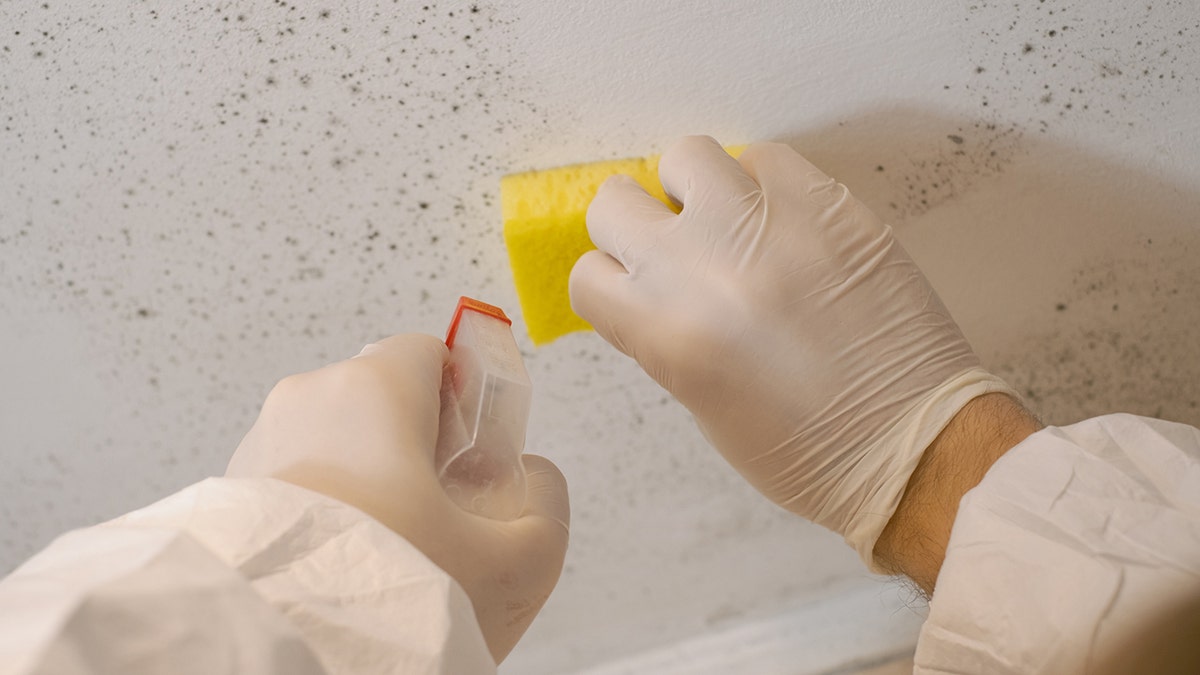
The CDC warned never to mix bleach with ammonia or other cleaners, as this will produce a poisonous gas. (iStock)
When cleaning mold spots, never mix bleach with ammonia or other cleaners, the agency warned, as this will produce a poisonous gas.
It is best practice to follow the manufacturer’s instructions on the bleach container’s label, open windows to provide fresh air, and wear rubber boots, gloves and goggles during cleanup, experts advise.
CLICK HERE TO GET THE FOX NEWS APP
People with persistent symptoms should seek medical attention, MacMurdo urged. While the flu season will bring temporary viruses, mold symptoms will continue to linger.